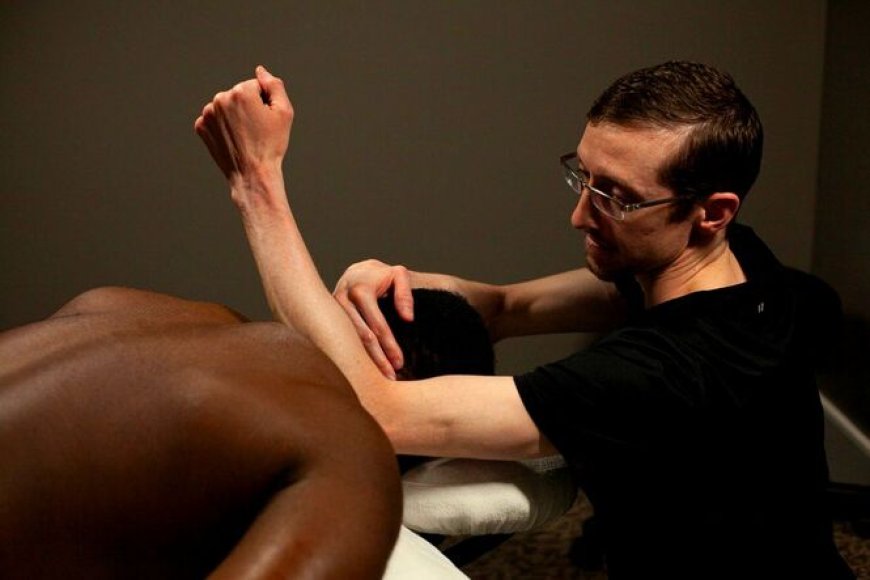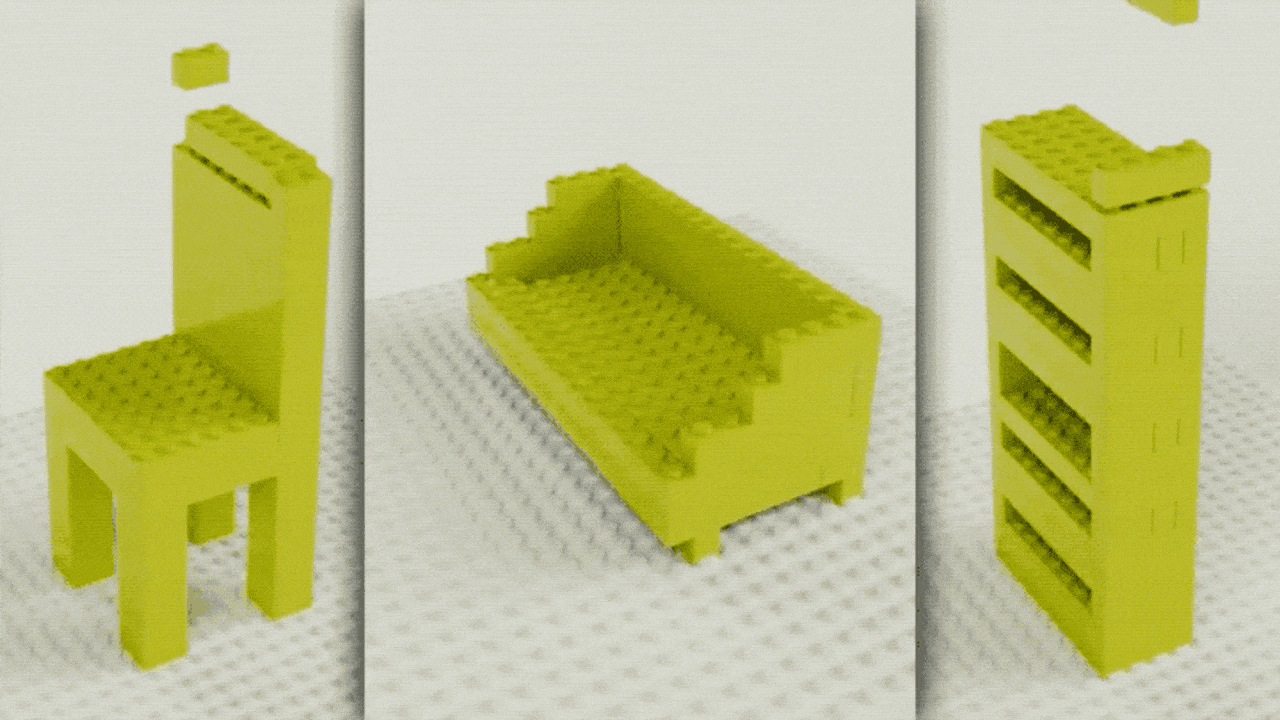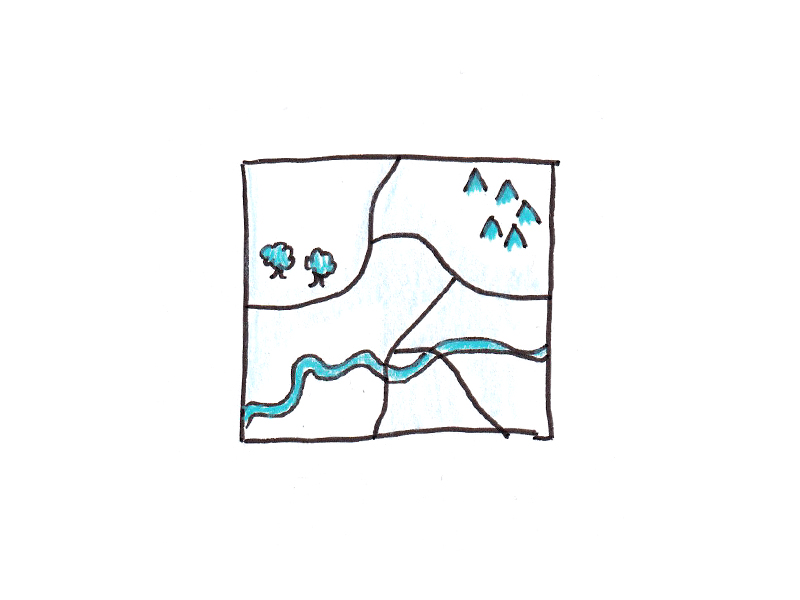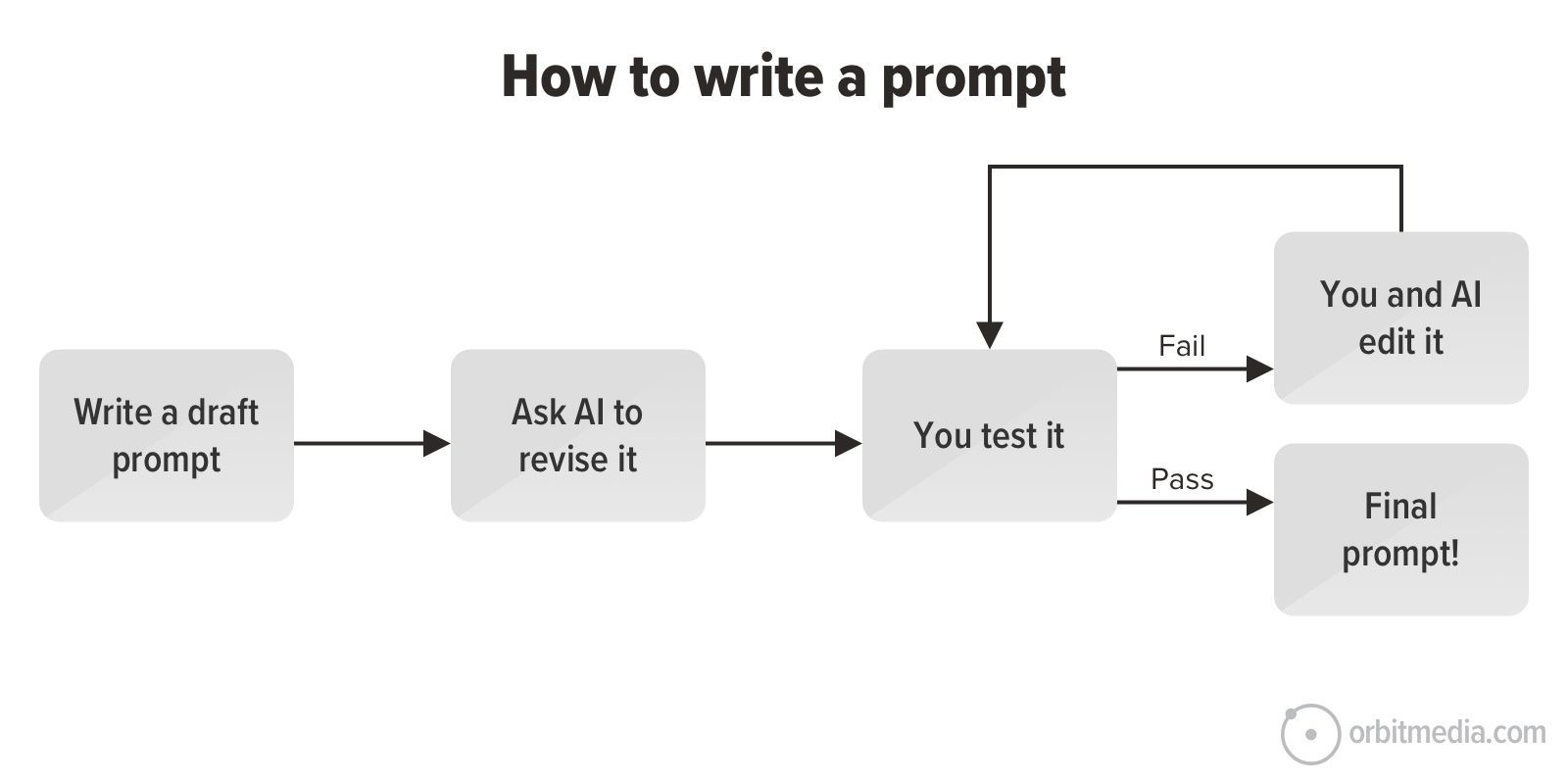Pain Relief Massage Therapy: A Natural Approach to Soothing Discomfort
If you struggle with persistent pain, exploring pain relief massage therapy may offer the comfort and healing support you need.

Pain is an unwelcome part of many people’s lives, whether due to injury, chronic conditions, or daily stress. Finding effective ways to manage and reduce pain is essential for maintaining quality of life. One highly effective method is pain relief massage therapy, a technique that uses targeted massage to alleviate discomfort, relax muscles, and promote healing. This blog explains what pain relief massage therapy is, how it works, its benefits, and what to expect during a session.
Understanding Pain Relief Massage Therapy
Pain relief massage therapy focuses on reducing pain caused by muscle tension, inflammation, injury, or chronic conditions. This type of massage involves various techniques tailored to address specific areas of discomfort. Therapists use pressure, kneading, stretching, and other movements to relieve tightness, improve circulation, and encourage the body’s natural healing processes.
How Pain Relief Massage Therapy Works
The process begins with identifying the areas of pain and tension. The therapist assesses muscle tightness, movement restrictions, and potential sources of discomfort. Treatment then focuses on:
· Increasing blood flow: Massage improves circulation, delivering oxygen and nutrients to tissues that aid recovery.
· Reducing muscle tension: Manipulation of muscle fibers helps release knots and spasms.
· Stimulating nerve endings: Gentle pressure can interrupt pain signals and promote the release of endorphins, natural painkillers produced by the body.
· Enhancing lymphatic drainage: Massage supports the removal of toxins and excess fluids, reducing inflammation.
Together, these effects help the body heal more efficiently and reduce both acute and chronic pain.
Benefits of Pain Relief Massage Therapy
Pain relief massage therapy offers multiple advantages beyond just easing pain:
· Decreased muscle soreness and stiffness: Releasing tight muscles improves mobility and comfort.
· Improved range of motion: Regular massage helps restore flexibility lost due to injury or chronic conditions.
· Reduced stress and anxiety: Pain often leads to emotional strain; massage promotes relaxation and mental well-being.
· Enhanced sleep quality: Lower pain levels contribute to better rest and recovery.
· Support for injury recovery: Massage accelerates healing by improving tissue health and reducing scar tissue formation.
These benefits make pain-relief massage therapy a valuable part of pain management plans.
Conclusion
Pain relief massage therapy is a powerful, natural method for managing pain and enhancing physical comfort. Addressing muscle tension, improving circulation, and calming the nervous system provide relief from both acute and chronic pain conditions.
If you struggle with persistent pain, exploring pain relief massage therapy may offer the comfort and healing support you need. Combined with proper self-care and professional guidance, this therapy can play a key role in maintaining a pain-free, active lifestyle.












































































































![Building A Digital PR Strategy: 10 Essential Steps for Beginners [With Examples]](https://buzzsumo.com/wp-content/uploads/2023/09/Building-A-Digital-PR-Strategy-10-Essential-Steps-for-Beginners-With-Examples-bblog-masthead.jpg)














![How to Use GA4 to Track Social Media Traffic: 6 Questions, Answers and Insights [VIDEO]](https://www.orbitmedia.com/wp-content/uploads/2023/06/ab-testing.png)









![Technical Sourcer [United Kingdom] at Olo](
https://nodesk.co/remote-companies/assets/logos/olo.e9c56827507b669046f71750846f8032542be84192a2248413f8421b2e5a2769.jpg
)

























